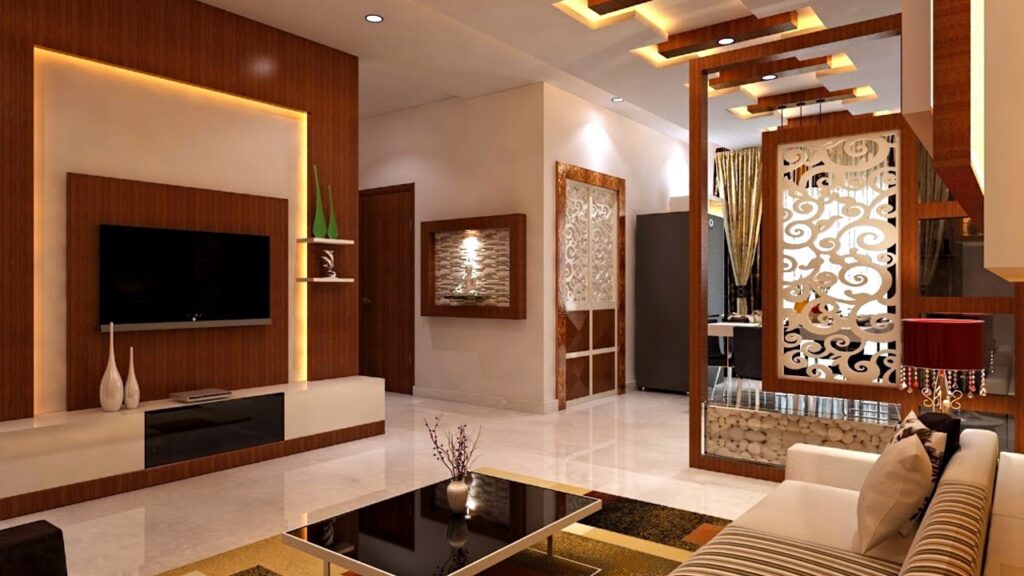Interior design is an art and science of enhancing the interior of a building to achieve a healthier and more aesthetically pleasing environment for the people using the space. An interior designer is someone who plans, researches, coordinates, and manages such projects. Interior design is a multifaceted profession that includes conceptual development, space planning, site inspections, programming, research, communicating with the stakeholders of a project, construction management, and execution of the design.
Types of Home Interior Design
1. Contemporary Design: This style of design emphasizes clean lines and a minimalist aesthetic. Contemporary spaces feature natural materials such as wood, metal, and stone and use neutral colors to create a calming atmosphere.
2. Traditional Design: This style incorporates classic elements such as ornate furniture, dark colors, and intricate patterns.
3. Eclectic Design: This style is a mix of different styles and eras. An eclectic space might include elements from a variety of periods and colors, and it often has an overall quirky or whimsical feel.
4. Modern Design: This style emphasizes simplicity and functionality. Modern spaces typically feature sleek lines and colors, and they often incorporate bold geometric shapes.
5. Rustic Design: This style brings the outdoors inside. Rustic spaces typically feature natural materials such as wood and stone, and they often have a cozy, homey feel.
Benefits of Home Interior Design
1. Improved Aesthetics: Interior design can help to improve the overall look and feel of a home, creating a space that is both aesthetically pleasing and functional.
2. Increased Comfort: Interior design can help to create a more comfortable environment, as it takes into account the needs and preferences of the occupants.
3. Increased Efficiency: Interior design can help to make a home more efficient by utilizing space and natural light more effectively.
4. Increased Value: Interior design can help to increase the value of a home, as it can make the home more attractive to potential buyers.
Important points of Home Interior Design
1. Understand the Space: It’s important to understand the space when designing a home interior. Measure the space, consider the existing architecture, and think about how the space will be used.
2. Create a Mood: Consider the mood you want to create in the space. Think about what colors and textures will evoke the desired feeling—calm and serene, or vibrant and energetic?
3. Choose Furniture and Accessories: Select furniture and accessories that complement the space and style you’ve chosen. Think about how the pieces will work together to create a cohesive look.
4. Consider Lighting: Lighting can make a big difference in how a space looks and feels. Think about what types of lighting will work best for the space and look for fixtures that complement the style you’ve chosen.
Conclusion
Interior design is an art and science of enhancing the interior of a building to achieve a healthier and more aesthetically pleasing environment. Home interior design is an important part of creating a comfortable and functional home. It is important to consider the space, create a mood, choose furniture and accessories, and consider lighting when designing a home interior. With careful planning and consideration, you can create a home that is both beautiful and functional.

